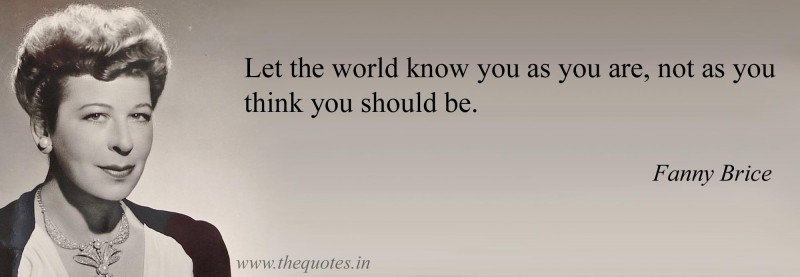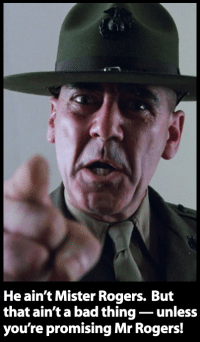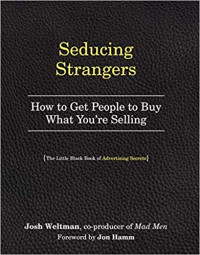
Branding ads that work do more than get a response — even if it’s the “right” response.
Because while we’ll accept a temporary sales bump as a success for a direct response ad, we expect much more from a branding campaign.
Branding campaigns are expected to create long-term growth and increased market share, and even increased profit margins.
So a temporary sales bump will fall flat if the responding customers walk away disappointed.
Because disappointed customers’ social-media-mediated word of mouth will turn advertising efforts sour in short order.
And that, right there, is a clue to the secret key to great branding ads.
What Clients Can’t Help But Deliver
Ads that promise the customer what the client can’t help but deliver are ads that work like gangbusters.
Now, most decent advertising professionals know this. Somewhat.
The mistake they make is in thinking that “what the client intends to deliver” or “might deliver” is just as good as “can’t help but deliver.”
It’s not. Not by a mile.
 The other mistake ad pros make is thinking it’s their job to get the client to change operations to fit the ads rather than vice versa.
The other mistake ad pros make is thinking it’s their job to get the client to change operations to fit the ads rather than vice versa.
Disaster awaits those who go down that path at least 99.9% of the time.*
While success awaits those who follow the secret path of matching the ad promise to the essential characteristics of the advertiser.
In other words, don’t promise customers Mister Rogers when you’re client’s Gunnery Sergeant R. Lee Ermey.
For crying out loud, promise the Gunny if that’s your client. Tons of people freaking love the Gunny.
Except when they’re expecting Mister Rogers. Then there’s a problem.
Carl’s Jr as Case Study
 My colleague Charlie Moger recently gifted me with the book, Seducing Strangers, written by the co-producer of Mad Men and former ad creative, Josh Weltman.
My colleague Charlie Moger recently gifted me with the book, Seducing Strangers, written by the co-producer of Mad Men and former ad creative, Josh Weltman.
It’s a great book, and in it, the author discusses the moment branding success started for the Carl’s Jr fast food franchise.
Here’s the money quote:
“For fifteen years, Carl’s Jr. had been offering a clean, wholesome, McDonald’s kind of promise. Like McDonald’s Carl’s Jr. ads showed a big, nicely stacked burger on TV. Unlike McDonald’s, however, Carl’s Jr. would then deliver a charbroiled product that looked like a sloppy, drippy mess. Naturally, this dissonance was a problem for the company’s reputation.
But the ad agency — Mendelsohn/Zien — convinced Carl’s Jr. that its customers, eighteen- to thirty-four-year-old hungry guys, wanted a burger more like the messy, drippy thing Carl’s was delivering at the drive-through window. The agency created a Carl’s Jr. burger campaign that loudly declared, “If it doesn’t get all over the place, it doesn’t belong in your face.” The new TV commercials showed big, messy burgers. All the company had to do to deliver on the new promise was to not change a thing. The burgers at the window looked just like the ones promised on TV, and business went through the roof.”
And in case you’re wondering, those Carl’s Jr. ads looked like this:
Nice!
And it all makes perfect sense, doesn’t it?
When the ads promise an experience the customer can’t help but deliver on, the ads attract the right customer in the first place, and those same customers walk away happy.
That then powers positive online word of mouth, repeat customers, referrals, etc.
So if you’re looking for your ads to deliver long-term growth and increased market share, my advice is find an ad consultant who understands this lesson.
Then be who you really are as openly as possible in your ads.
- Are You Paying for Too Much for the Wrong Keywords? - July 15, 2024
- Dominate Your Market Like Rolex — 4 Powerful Branding Lessons - July 3, 2024
- Military-Grade Persuasion for Your Branding - June 25, 2024
